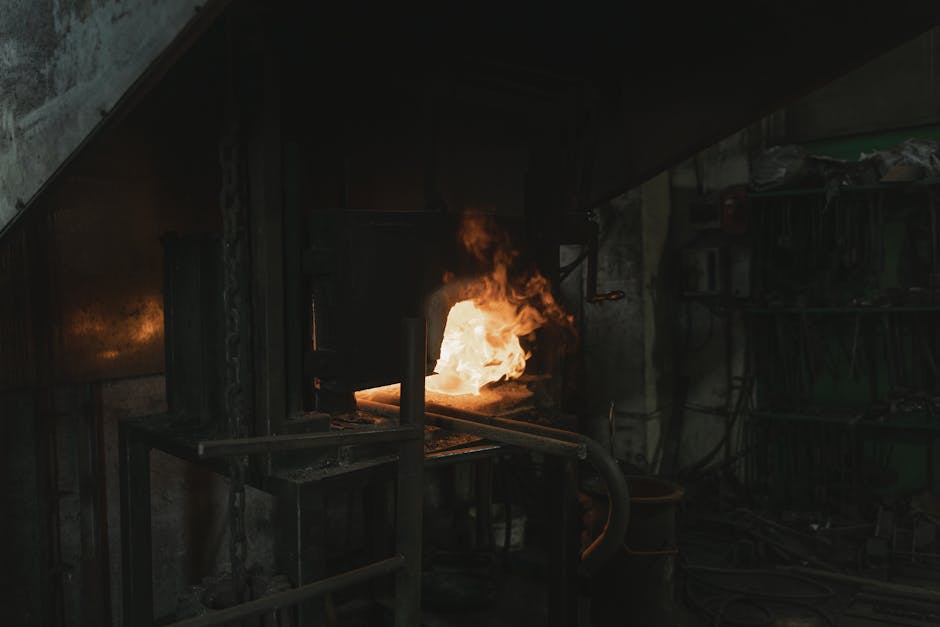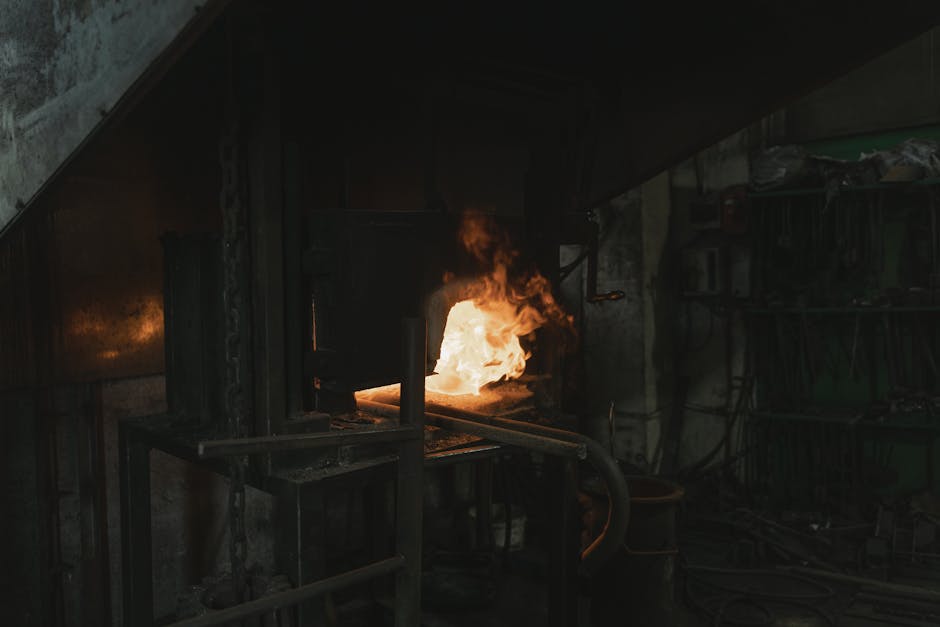
The Fascinating History Behind Damascus Steel and Its Modern Appeal
Posted by Shopify API on
Once the choice of warriors and now a favorite among chefs and collectors, Damascus steel has a mystique that transcends time. Its distinctive patterns are not just visually striking but tell the story of a craft perfected and then lost to the ages, only to be revived by modern metallurgy. Join us as we unfold the layers of this remarkable material and discover why Damascus knives continue to captivate and intrigue.
The Origins of Damascus Steel
Delving into the origins of Damascus steel transports us back to a time when metallurgists in the Near East wielded techniques far ahead of their time. This legendary metal, known for its strength, resilience, and distinctive wavy patterns, was first forged in the crucibles of ancient Syria. It wasn’t just the extraordinary properties that set Damascus steel apart; the secretive methods of its creation, involving the careful layering and forging of irons and steels, were considered almost mystical, a craft whispered down through generations.
The allure of Damascus steel wasn’t merely in its appearance. Swords and blades crafted from this material were famed for their sharpness, capable of slicing through a silk scarf dropped upon them, and their flexibility, which allowed them to bend without breaking. This formidable combination of traits made weapons of Damascus steel highly sought after, symbolizing not only superior craftsmanship but also considerable wealth and power.
The Lost Art of Traditional Damascus Steel Making
The traditional method of creating Damascus steel, known as Wootz steel, became a lost art by the 18th century. The disruption of trade routes, combined with the decline of specific crafts and the loss of ancient knowledge to time, meant that the original techniques vanished. Modern metallurgists have pieced together theories from historical texts and archaeological finds, attempting to recreate the distinctive steel, but the exact methods once used remain a subject of fascination and mystery.
Characteristics That Make Damascus Knives Unique
What truly sets Damascus knives apart are not just the tales of their origins but their unique characteristics. The patterning on Damascus steel, reminiscent of flowing water, is created through a process of folding and forging different types of steel together, then acid-etching the surface to reveal the stunning contrasts. Beyond their bewitching beauty, Damascus knives are prized for their sharpness and durability, a testament to the ancient techniques of layering hard and soft steels.
The performance of Damascus knives in the kitchen or the field can be attributed to this unique construction. The hard steel layers provide a cutting edge capable of retaining sharpness over prolonged use, while the softer steel offers flexibility and resistance to shattering. For chefs and enthusiasts alike, a Damascus knife is not just a tool but a piece of heritage that melds utility with artistry.
The Renaissance of Damascus Steel in Modern Craftsmanship
In recent decades, we’ve witnessed a resurgence of interest in Damascus steel, fueled by advances in metallurgy and a growing appreciation for artisanal craftsmanship. Today’s Damascus artisans, blending tradition with technology, are able to create steel that honors the aesthetic and functional qualities of ancient Damascus. Modern Damascus knives are not just culinary instruments but statements of personal style and a nod to the rich history of the material.
This renaissance of Damascus steel has encouraged a new generation to explore the possibilities of this ancient craft, innovating new patterns and applications while respecting the tradition. From custom knife makers to top culinary brands, the art of Damascus is alive and well, celebrated in kitchens, workshops, and collections around the world.
Choosing and Caring for Your Damascus Knives
Selecting a Damascus knife is about appreciating the balance between form and function. Prospective owners should look for craftsmanship, where the steel’s pattern is not just superficial but integral to the blade. Caring for these knives involves more than just proper storage and regular sharpening; it’s about preserving a piece of history. Acidic elements should be promptly cleaned off, and the blade should be oiled to protect the distinctive patterning from corrosion.
For enthusiasts and chefs alike, a Damascus knife serves as a constant reminder of the elegance that can be achieved when artisanal skill meets the forces of nature. By choosing a Damascus knife, one is not just selecting a tool but becoming part of a legacy that stretches back through the ages, connecting the past with the present in the continuation of a remarkable craft.
The Enduring Edge of Damascus
The journey of Damascus steel from the ancient forges of the Near East to the modern day showcases not just the resilience and innovation of metallurgists through the ages but also the enduring appeal of craftsmanship and quality. In a world increasingly dominated by the mass-produced and the mundane, Damascus knives stand out as works of art, blending functionality with an ancient aesthetic. The allure of Damascus steel, much like the patterns that define it, weaves through history, reminding us of the beauty that arises from skill, patience, and tradition.


